Seamless Patterns
by Tuğrul Yazar | November 23, 2012 14:39
In this exercise, we asked students to develop a method to produce custom tessellations. This is based on the analysis of what is called “Islamic patterns”. We have discussed Eric Brough[1]‘s famous book “Islamic Geometric Patterns”, regarding geometric relationships and linear connectivities via underlying tessellations (such as regular square and hexagonal). Thus, this geometry and drawing exercise is called “Seamless Patterns” in the Design Geometry[2] course at İstanbul Bilgi University. We gave the following recipe to enable the exploration:
Lately, we have examined the regular tessellations (equilateral triangle, square, regular hexagon).
Then, we discovered how to construct them using a ruler and compass only.
Now, we will explore the emergent properties of this kind of geometric logic in constructing 2D
geometric patterns.
What to do:
First, examine the templates you are provided. Try to understand the logic behind these constructions.
Once you understand the logic, construct your own geometric patterns on 28cmx28cm canvas areas.
Then, store your construction lines, reference elements, and hatches in different layers.
accordingly (ex: constLines, refs, hatch).
Color code your patterns by hatching them in grayscale (tones of gray + black + white).
By taking this recipe and brief, students generated patterns along with their step-by-step explanations. Students designed the patterns and at the same time, they started learning how to use the CAD software Rhinoceros[3]. I believe that the “Seamless Patterns” exercise is still a good one because of its balance between technical and designerly skills for the freshman students. Here are some results from our 2012 Fall semester students;
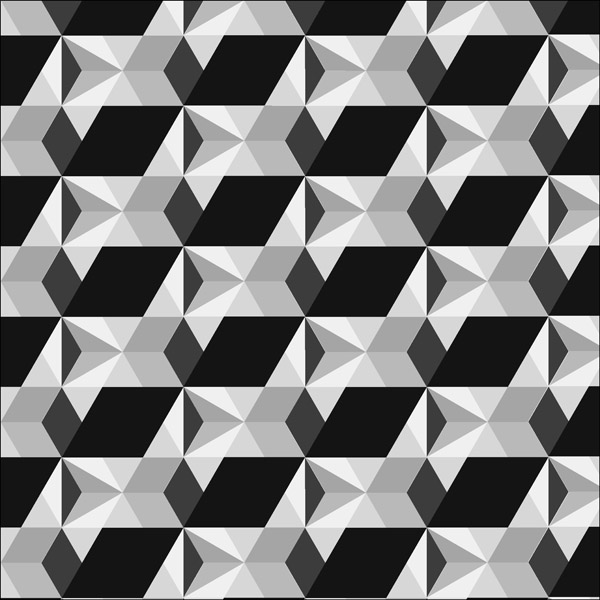
Adnan Faysal Altunbozar
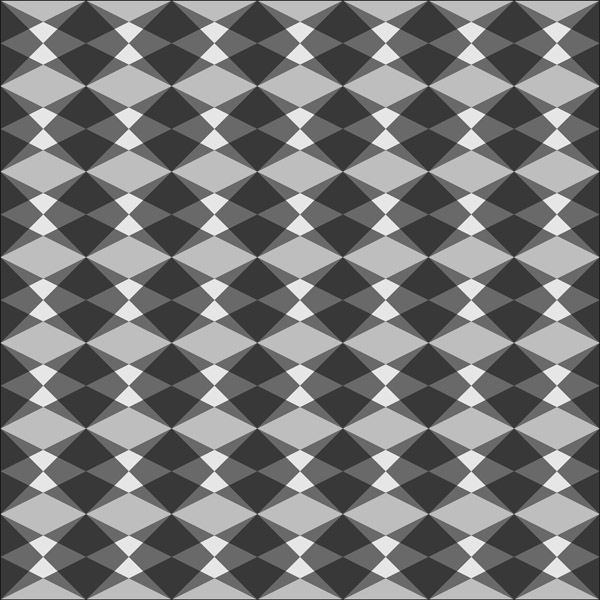
Bahar Kaplan
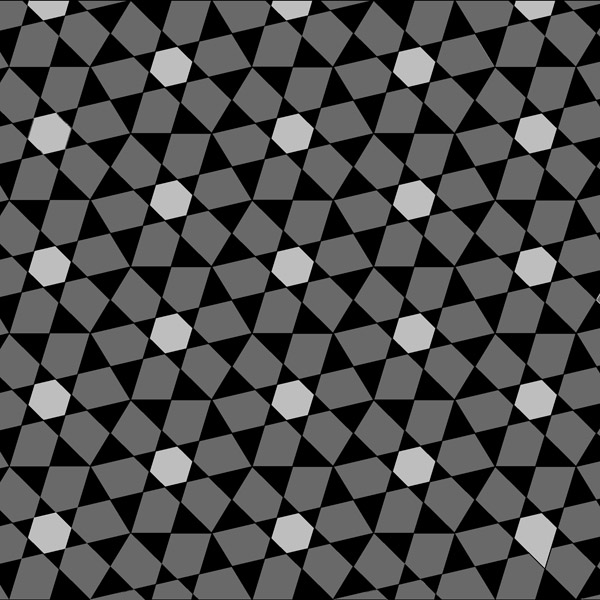
Cenk Toksöz
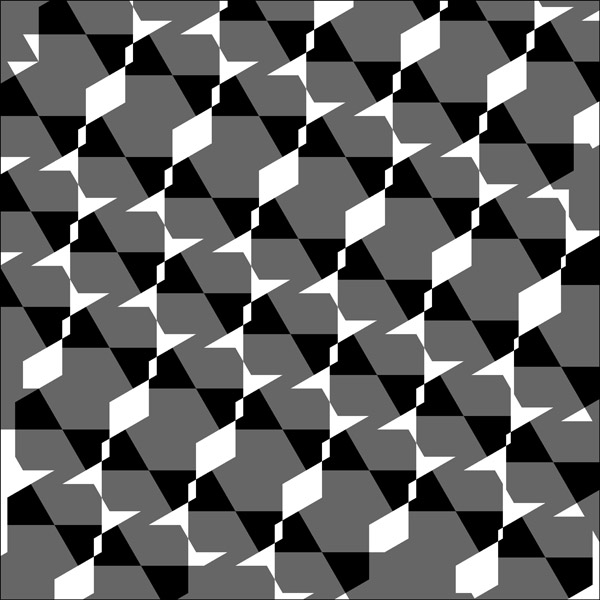
Nilüfer Durmaz
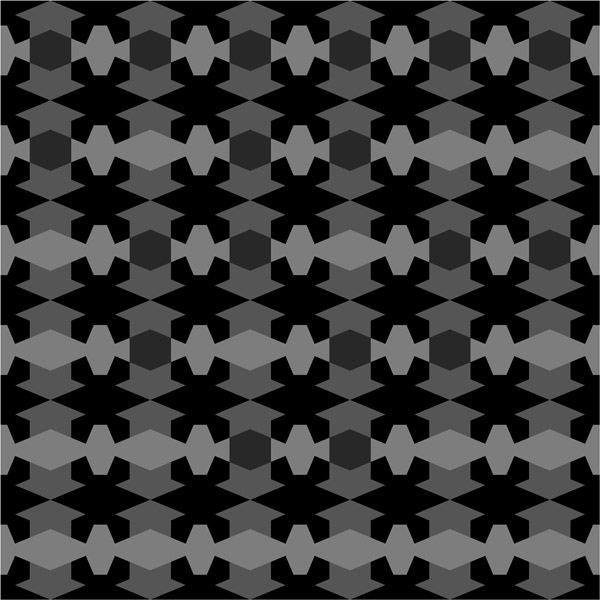
Nurseli Yorgancı
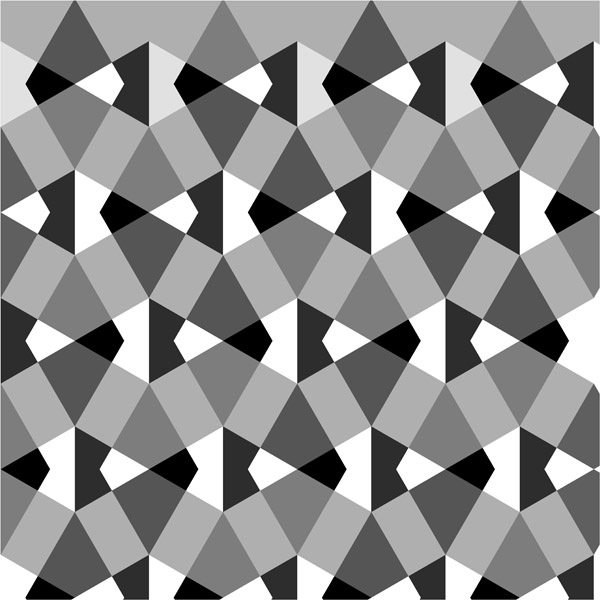
Zeynep Albaş
- Eric Brough: http://broug.com/
- Design Geometry: https://www.designcoding.net/category/education/design-geometry/
- Rhinoceros: https://www.designcoding.net/category/tools-and-languages/rhino/
Source URL: https://www.designcoding.net/seamless-patterns/